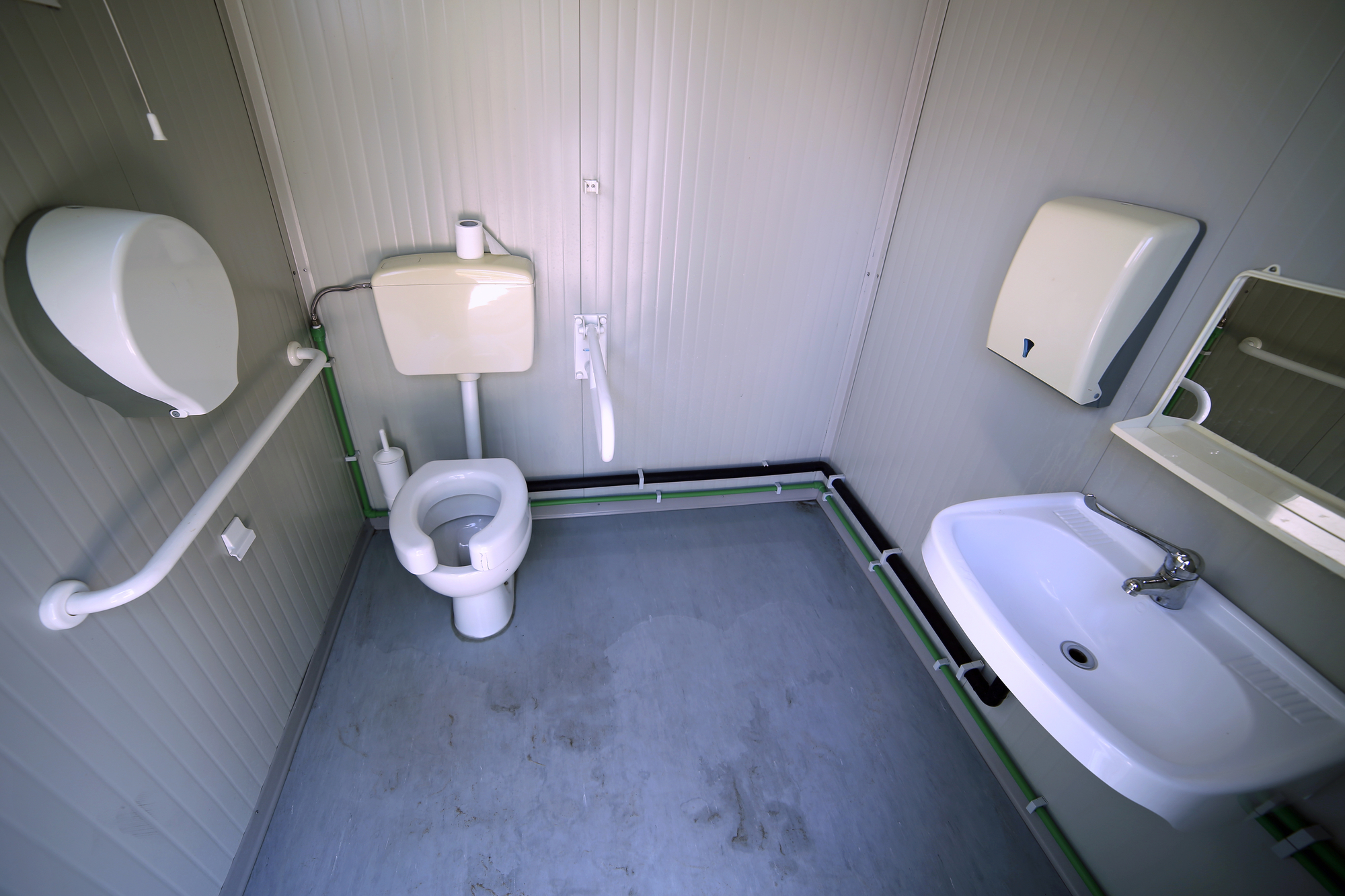A plumbing repipe is a significant undertaking that requires professional assistance. Plumbing repipes are typically performed when the existing plumbing system is outdated, worn out, or damaged beyond repair. It’s a significant task that involves replacing the entire water supply and drainage pipes throughout the house. If you’re considering a plumbing repipe, it’s essential to know what to expect. In this post, we’ll go over what to expect during a plumbing repipe.
Inspection of the Plumbing System
The first thing that the plumber will do is to inspect the plumbing system. This inspection is necessary to determine the extent of the damage and the scope of the work that needs to be done. The plumber will examine all the pipes, fixtures, and other components of the plumbing system and will look for any signs of damage or wear and tear. They may also require you to cut off the water supply to the house, so they can perform a more comprehensive inspection.

Preparation Work
When the inspection is completed, and the plumber knows exactly what work needs to be done, preparations will begin. The plumber will take all necessary measurements, plan the layout of the system, and get all required permits to proceed with the project. They may also provide you with an estimate of the time and cost of the project.
Removing the Old Plumbing System
The next step would be to remove the existing plumbing system. This can be a messy and disruptive process that may require parts of the walls and flooring to be removed to access the pipes. The plumber will work carefully while performing this task to avoid causing any additional damage to the house. Once all the old pipes and fixtures are removed, the plumber will dispose of them safely and responsibly.
Installation of New Plumbing System

After the old system is removed, the new plumbing system installation process will begin. The new system will be installed according to the plan and layout the plumber previously created. The plumber will install the pipes, fixtures, and any other necessary components of the system. They will also test the new system to ensure that there are no leaks or other issues. This can take anywhere from a few days to a few weeks, depending on the scope of the project.
Final Inspection and Clean up
After the new system is installed, there will be a final inspection to ensure that everything was installed correctly and is functioning properly. The plumber will also double-check that everything is working as it should be to avoid any unwanted leakages or damages in the future. The last step would be to clean up any debris and other waste materials generated during the project. You can expect experienced professionals to perform these tasks with great care.
Benefits of Repiping
A plumbing repipe can provide numerous benefits to homeowners. A new plumbing system will increase the water pressure and quality and help to reduce water wastage and bills. It also eliminates the need for frequent repairs and maintenance, saving the homeowner both time and money. Moreover, with modern plumbing systems, you can be sure of maximum efficiency and good quality results. Therefore, it is always a good idea to contact a professional plumbing company that specializes in repiping to enjoy the advantages of a quality system at home.
Conclusion
In conclusion, a plumbing repipe is a complex process that requires advanced skills and experience. However, with the right preparation, planning, and execution, homeowners can get significant benefits from installing new plumbing systems. Remember to take time to research and contact a reputable and experienced plumbing company to help you to make the most awaited decision in terms of new plumbing systems. You can always contact the experts at Ace Plumbing Repair for professional plumbing services at an affordable cost.






